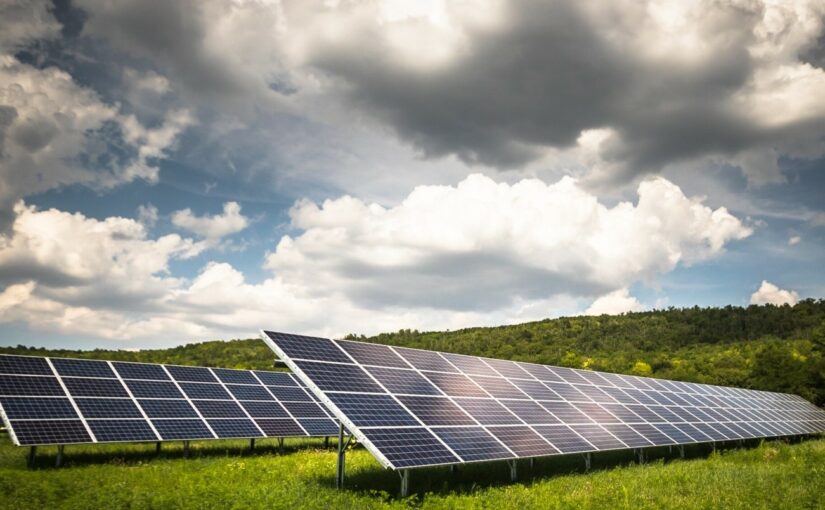Between physical obstructions, rental agreements, and geography, up to 80% of US households might not have access to a rooftop or ground-based solar solution.
Even more disturbing, of those that do, communities are presenting a large ethnic and racial disparity in solar installation. Why this is happening comes down to a number of historical, economic, and social factors.
One solution that can benefit all is to get into a community solar farm. What are community solar farms? How do they work?
Keep reading to find out how they might be the best idea for you and your neighbors!
What Is a Community Solar Farm?
There are many kinds of ways to access solar energy savings and help the environment at the same time. If solar isn’t an option for your location but you still want to benefit, then community solar farms are the way to go.
First off, you can save a ton of money by deciding how you’re going to access solar energy — if you do have options. To find out how much, check out https://blueravensolar.com/blog/how-much-do-solar-panels-save/ for in-depth details.
A community solar farm is a field of solar panels that are taken care of by their owner. The solar farm feeds electricity into the power grid, producing solar credits for the company. They often use the best technologies available and get round-the-clock maintenance.
They’re high-tech and produce more electricity more efficiently than you would get on your roof. They also constantly upgrade their equipment to be on the leading edge of solar technology.
They’re privately owned solar farms that sell off their energy to people who otherwise can’t install their own systems. This helps to level the playing field and help all involved.
How Does a Community Solar Farm Make Money?
They often sell those credits at a discount to the price of electricity from your utility. For example, if you show them your electric bill, they may be willing to sell you credits at up to 10% off your normal kWh rate.
Those credits will be used against your utility bill, even though you are not the one producing the electricity. A community solar farm is not a utility, but they do work with utilities in a mutually beneficial arrangement for all.
Utilities can focus on power generation at times solar isn’t viable. Solar feeds the grid with clean, environmentally friendly energy during sun exposure. Regular US homeowners don’t need to invest in solar installation and design and still benefit by purchasing the solar farm’s credits.
Bridging the Socio-Economic Gaps
Let’s face it: the United States has some serious socio-economic gaps. From ethnic and racial injustices to gender debates, the nation is in a moment of extreme flux.
One of the ways to bridge those gaps is to take advantage of what a community solar farm can offer. Lower rates without home installation benefit renters and apartment owners alike, no matter the gender, race, ethnicity, or economic position.
Did this help you understand your options for going solar? Keep browsing our articles for more nuggets of solar power wisdom!
Author: Steffy Alen
